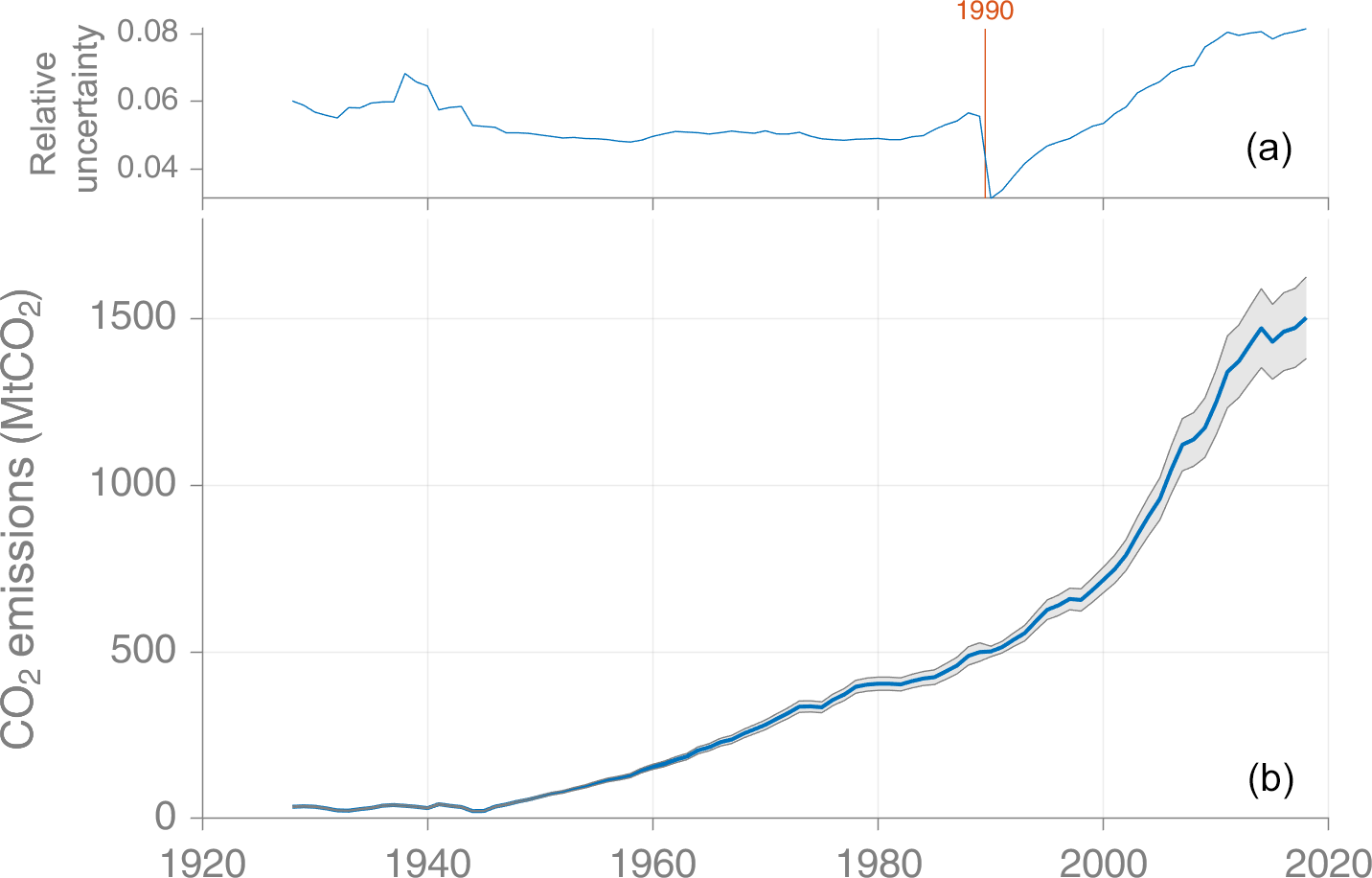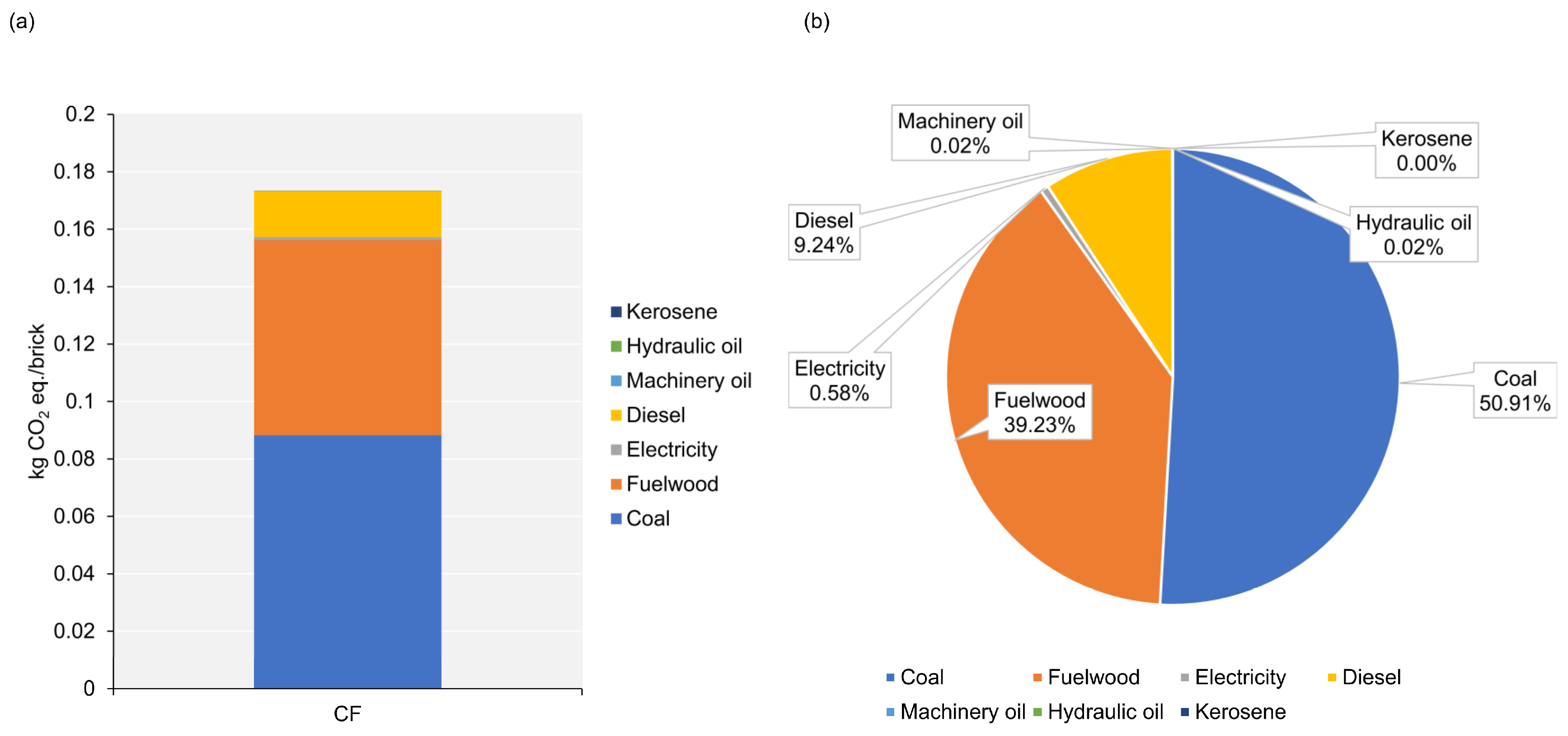Cement manufacturing is essential for building infrastructure. However, it has a high carbon footprint. This article explores steps taken in Bangladesh to reduce this impact.
Understanding the Carbon Footprint of Cement Manufacturing
The cement industry contributes to global CO2 emissions. This is mainly due to the production process. Heating limestone releases CO2. Additionally, fuel combustion for kilns adds to emissions. Reducing these emissions is vital for the environment.
Steps Taken in Bangladesh
Bangladesh is working hard to reduce the carbon footprint of cement manufacturing. The government and companies are taking various measures. Let’s explore them.
1. Adoption Of Green Technology
Green technology helps reduce emissions. Many plants in Bangladesh are adopting these technologies. For example, using alternative fuels reduces reliance on fossil fuels.
2. Energy Efficiency Improvements
Improving energy efficiency is key. Plants are upgrading machinery to more efficient models. This reduces energy consumption and emissions.
3. Carbon Capture And Storage (ccs)
CCS is a technology that captures carbon emissions. The captured carbon is then stored underground. Some plants in Bangladesh are starting to use this technology.
4. Use Of Supplementary Cementitious Materials (scms)
SCMs are materials that can replace some of the cement in concrete. They include fly ash and slag. Using SCMs reduces the amount of cement needed. This lowers emissions.
5. Waste Heat Recovery
Waste heat recovery systems capture heat from the manufacturing process. This heat is then used to generate electricity. This reduces the need for external power, lowering emissions.
6. Renewable Energy Sources
Some plants are using renewable energy sources. Solar and wind power are becoming popular. This reduces reliance on fossil fuels.
Benefits of Reducing the Carbon Footprint
Reducing the carbon footprint has many benefits. It helps the environment and can also save money. Let’s look at some of these benefits.
1. Environmental Benefits
- Reduces greenhouse gas emissions
- Helps combat climate change
- Improves air quality
2. Economic Benefits
- Reduces energy costs
- Increases efficiency
- Can attract green investments
3. Social Benefits
- Creates green jobs
- Improves public health
- Enhances community well-being

Credit: essd.copernicus.org
Challenges Faced in Bangladesh
Reducing the carbon footprint is not easy. Bangladesh faces several challenges. Let’s explore some of these challenges.
1. High Initial Costs
Implementing green technologies requires investment. The initial costs can be high. This can be a barrier for some companies.
2. Lack Of Awareness
Not everyone is aware of the benefits of reducing emissions. Raising awareness is crucial for wider adoption of green practices.
3. Limited Access To Technology
Advanced technologies may not be readily available. Importing them can be costly. This limits the options for some plants.
4. Regulatory Hurdles
Regulations can sometimes be a barrier. Clear and supportive policies are needed to encourage green practices.
Future Prospects
Despite the challenges, the future looks promising. Continuous efforts are being made to reduce the carbon footprint. Let’s look at some future prospects.
1. Increased Investment In Green Technology
More companies are likely to invest in green technology. This will help reduce emissions further.
2. Government Support
The government is expected to introduce more supportive policies. This will encourage companies to adopt green practices.
3. Technological Advancements
Advancements in technology will make green solutions more accessible. This will help more plants reduce their emissions.
4. Global Collaboration
Global collaboration can help share knowledge and resources. This will benefit countries like Bangladesh in their efforts.

Credit: www.mdpi.com
Frequently Asked Questions
What Is Cement’s Carbon Footprint?
Cement production emits 8% of global CO2 emissions.
Why Reduce Cement Manufacturing Emissions?
Reducing emissions combats climate change and promotes sustainability.
How Does Bangladesh Cut Cement Emissions?
Bangladesh employs alternative fuels and modern technologies.
Can Renewable Energy Help Cement Production?
Yes, renewable energy reduces fossil fuel dependence.
Conclusion
Reducing the carbon footprint of cement manufacturing is crucial. Bangladesh is taking significant steps in this direction. With continued efforts, the industry can become more sustainable. One of the initiatives being taken is the adoption of sustainable cement technologies, such as the use of alternative fuels and raw materials, as well as energy-efficient manufacturing processes. These technologies can significantly reduce the carbon emissions associated with cement production. With the government’s support and the industry’s commitment, Bangladesh can lead the way in sustainable cement manufacturing practices, serving as a model for other countries to follow.
By adopting green technologies, improving energy efficiency, and using renewable energy, the carbon footprint can be significantly reduced. The benefits are immense, from environmental to economic and social. Despite the challenges, the future looks promising with increased investment, government support, technological advancements, and global collaboration.
Bangladesh’s efforts in reducing the carbon footprint of cement manufacturing serve as an inspiring example for other countries. Together, we can build a more sustainable and environmentally-friendly world.





















